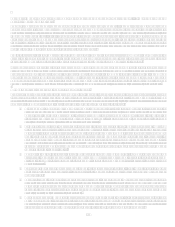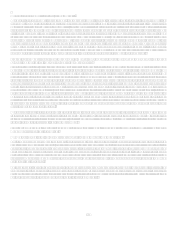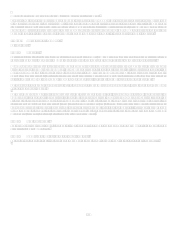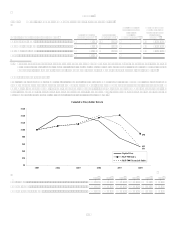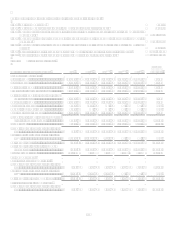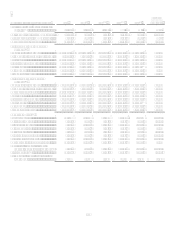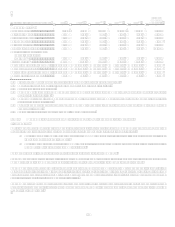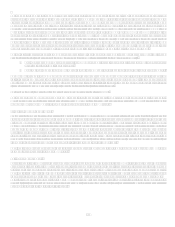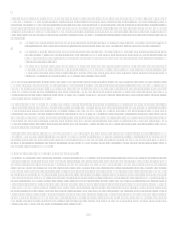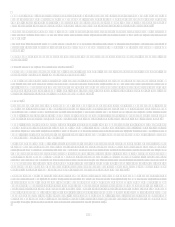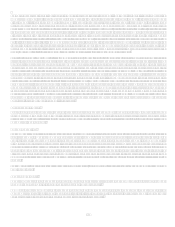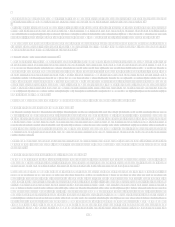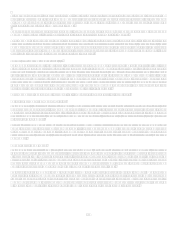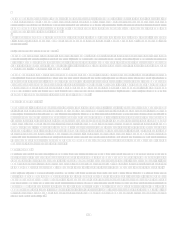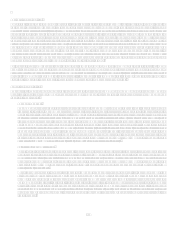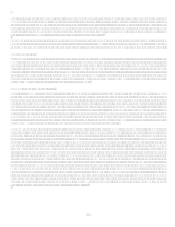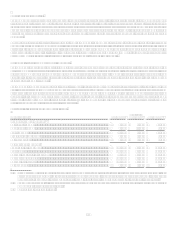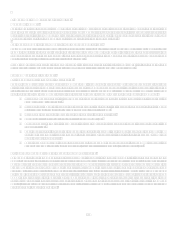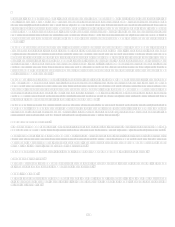Capital One 2008 Annual Report Download - page 49
Download and view the complete annual report
Please find page 49 of the 2008 Capital One annual report below. You can navigate through the pages in the report by either clicking on the pages listed below, or by using the keyword search tool below to find specific information within the annual report. 31
Effective January 1, 2008, the Company adopted Statement of Financial Accounting Standards (SFAS) No. 157, Fair Value
Measurements (SFAS 157) for all financial assets and liabilities and for nonfinancial assets and liabilities measured at fair value on
a recurring basis. SFAS 157 defines fair value as the exchange price that would be received for an asset or paid to transfer a liability
(an exit price) in the principal or most advantageous market for the asset or liability in an orderly transaction between market
participants on the measurement date. SFAS 157 also establishes a fair value hierarchy which prioritizes the valuation inputs into three
broad levels. Based on the underlying inputs, each fair value measurement in its entirety is reported in one of the three levels. These
levels are:
Level 1 Valuation is based upon quoted prices for identical instruments traded in active markets. Level 1 assets and
liabilities include debt and equity securities traded in an active exchange market, as well as U.S. Treasury securities.
Level 2 Valuation is based upon quoted prices for similar instruments in active markets, quoted prices for identical or
similar instruments in markets that are not active, and model based valuation techniques for which all significant
assumptions are observable in the market or can be corroborated by observable market data for substantially the full term
of the assets or liabilities.
Level 3 Valuation is determined using model-based techniques with significant assumptions not observable in the
market. These unobservable assumptions reflect the Companys own estimates of assumptions that market participants
would use in pricing the asset or liability. Valuation techniques include the use of third party pricing services, option
pricing models, discounted cash flow models and similar techniques.
SFAS 157 requires that valuation techniques maximize the use of observable inputs and minimize the use of unobservable inputs.
When available, we use quoted market prices to measure fair value. If market prices are not available, fair value measurement is based
upon models that use primarily market-based or independently-sourced market parameters, including interest rate yield curves,
prepayment speeds, option volatilities and currency rates. When market observable inputs for model-based valuation techniques may
not be readily available, we are required to make judgments about assumptions market participants would use in estimating the fair
value of the financial instrument.
The extent of management judgment involved in measuring the fair value of financial instruments is dependent upon the availability
of quoted prices or observable market data. For financial instruments that have quoted prices in active markets or whose fair value is
measured using data observable in the market, there is minimal management judgment involved in measuring fair value. When quoted
prices or observable market data is not fully available, management judgment is necessary to estimate fair value. In addition, changes
in market conditions may reduce the availability of quoted prices or observable market data. For example, an increase in dislocation
and corresponding decrease in new issuance and trading volumes could result in observable market data becoming unavailable. When
market data is not available, we use valuation techniques with assumptions that management believes other market participants would
also use to estimate fair value.
Effective January 1, 2008, the Company adopted SFAS No. 159, The Fair Value Option for Financial Assets and Liabilities (SFAS
159). SFAS 159 permits entities to choose to measure many financial instruments and certain other items at fair value with changes
in fair value included in current earnings. The election is made on specified election dates, can be made on an instrument by
instrument basis, and is irrevocable. The initial adoption of SFAS 159 did not have a material impact on the consolidated earnings and
financial position of the Company.
Determination of Allowance for Loan and Lease Losses
The allowance for loan and lease losses is maintained at the amount estimated to be sufficient to absorb probable principal losses, net
of principal recoveries (including recovery of collateral), inherent in the existing reported loan portfolios. The provision for loan and
lease losses is the periodic cost of maintaining an adequate allowance. The amount of allowance necessary is based on distinct
allowance methodologies depending on the type of loans which include specifically identified criticized loans, migration analysis,
forward loss curves and historical loss trends. In evaluating the sufficiency of the allowance for loan and lease losses, management
takes into consideration many factors including, but not limited to: recent trends in delinquencies and charge-offs including bankrupt,
deceased and recovered amounts; forecasting uncertainties and size of credit risks; the degree of risk inherent in the composition of the
loan portfolio; economic conditions; legal and regulatory guidance; credit evaluations and underwriting policies; seasonality; and the
value of collateral supporting the loans. To the extent credit experience is not indicative of future performance or other assumptions
used by management do not prevail, loss experience could differ significantly, resulting in either higher or lower future provision for
loan losses, as applicable. The evaluation process for determining the adequacy of the allowance for loan and lease losses and the
periodic provisioning for estimated losses is undertaken on a quarterly basis, but may increase in frequency should conditions arise
that would require the Companys prompt attention. Conditions giving rise to such action are business combinations or other
acquisitions or dispositions of large quantities of loans, dispositions of non-performing and marginally performing loans by bulk sale
or any development which may indicate a significant trend.


